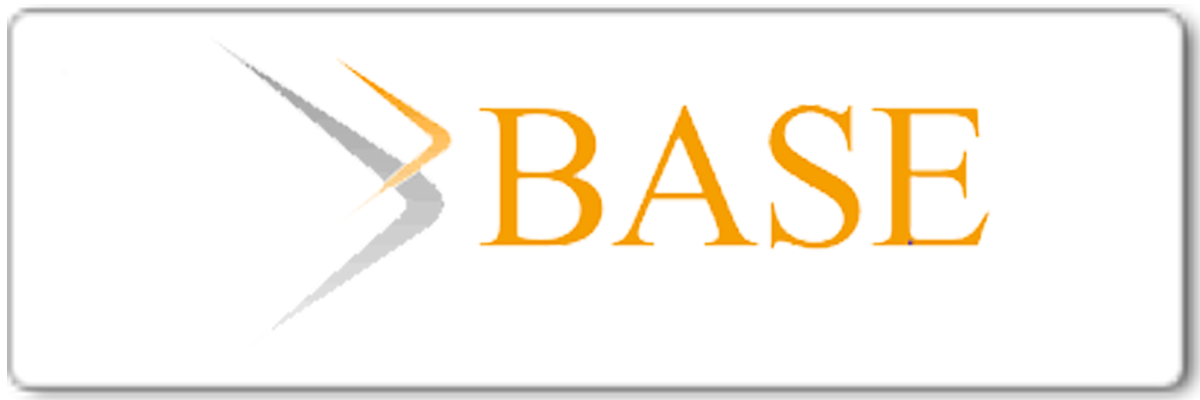Instrument Validation of Students’ Analytical Thinking Skills in the Natural Science Learning by Using the Rasch Model
Abstract
Keywords
Full Text:
PDF (English)References
Lee, J., & Choi, H. (2017). What affects learner's higher-order thinking in technology-enhanced learning environments? The effects of learner factors. Computers & Education, 115: 143-152.
Rasheva-Yordanova, K., Iliev, E., & Nikolova, B. (2018). Analytical thinking as a key competence for overcoming the data science divide. In EDULEARN18 Proceedings (pp. 7892-7898). IATED.
Aksu, G., & Eser, M. T. (2020). Development of analytical thinking tendency scale: Validity and reliability study. Ilkogretim Online, 19(4): 2307-2321.
Wiyarsi, A., Fachriyah, A. R., Supriadi, D., & bin Muhamad Damanhuri, M. I. (2019). A Test Of Analytical Thinking And Chemical Representation Ability On'rate Of Reaction'topic. Jurnal Cakrawala Pendidikan, 38(2): 228-242.
Rery, R. U., & Erna, M. (2020, October). Validity and reliability of assessment instruments for analytical thinking ability and chemical literacy in the colligative properties. In Journal of Physics: Conference Series (Vol. 1655, No. 1, p. 012056). IOP Publishing.
Khammanee, T. (2010). Principles of Instruction: Knowledge for Effective Knowledge Management 13. Daansudha Publishing.
Wulandari, I. G. A., Sa’dijah, C., As’ari, A. R., & Rahardjo, S. (2018, June). Modified guided discovery model: a conceptual framework for designing learning model using guided discovery to promote student’s analytical thinking skills. In Journal of Physics: Conference Series (Vol. 1028, No. 1, p. 012153). IOP Publishing.
Schumacher, C., & Ifenthaler, D. (2018). Features students really expect from learning analytics. Computers in human behavior, 78: 397-407.
Auld, E., Rappleye, J., & Morris, P. (2019). PISA for Development: How the OECD and World Bank shaped education governance post-2015. Comparative Education, 55(2): 197-219.
Nisa, L. L. A., Setyawati, S. M., & Norra, B. I. (2019, June). Increasing analytical thinking skills through a popup booklet development with digestive system. In Journal of Physics: Conference Series (Vol. 1241, No. 1, p. 012057). IOP Publishing.
Puchumni, P., Tungpradabkul, S., & Magee, R. (2019). Using Information Retrieval Activities to Foster Analytical Thinking Skills in Higher Education in Thailand: A Case Study of Local Wisdom Education. Asian Journal of Education and Training, 5(1): 80-85.
Thaneerananon, T., Triampo, W., & Nokkaew, A. (2016). Development of a Test to Evaluate Students' Analytical Thinking Based on Fact versus Opinion Differentiation. International Journal of Instruction, 9(2): 123-138.
Anwar, B., & Mumthas, N. S. (2014). Taking triarchic teaching to classrooms: Giving everybody a fair chance. International Journal of Advanced Research, 2(5): 455-458.
Anderson, L. W. (2001). Krathwohl (Eds.).(2001). A Taxonomy for learning, teaching, and assessing: A revision of bloom’s taxonomy of educational objectives. New York.
Marzano, R. J., & Kendall, J. S. (2008). Designing and assessing educational objectives: Applying the new taxonomy. Corwin Press.
Montaku, S., Kaittikomol, P., & Tiranathanakul, P. (2012). The model of analytical thinking skill training process. Research Journal of Applied Sciences, 7(1): 17-20.
Syawaludin, Y. A., Supriyati, Y., & Rahayu, W. (2019). RASCH Model Application for Validation of Measurement Instruments of Student Nationalism. In International Conference on Education (Vol. 5, No. 2, pp. 26-42).
Boone, W. J. (2016). Rasch analysis for instrument development: Why, when, and how?. CBE—Life Sciences Education, 15(4): rm4.
Van Zile-Tamsen, C. (2017). Using Rasch analysis to inform rating scale development. Research in Higher Education, 58(8): 922-933.
Adams, R. J., & Kho, S.-T. (1996). Acer quest version 2.1. Camberwell, Victoria: The Australian Council for Educational Research.
Ee, N. S., & Yeo, K. J. (2018). Item Analysis for the Adapted Motivation Scale Using Rasch Model. International Journal of Evaluation and Research in Education, 7(4): 264-269.
Van der Lans, R. M., Van de Grift, W. J., & van Veen, K. (2018). Developing an instrument for teacher feedback: using the rasch model to explore teachers' development of effective teaching strategies and behaviors. The journal of experimental education, 86(2): 247-264.
Yasin, S. N. T. M., Yunus, M. F. M., & Ismail, I. (2018). The use of rasch measurement model for the validity and reliability. Journal of Counseling and Educational Technology, 1(2): 22-27.
Carvalho, L. D. F., Primi, R., & Meyer, G. J. (2012). Application of the Rasch model in measuring personality disorders. Trends in Psychiatry and Psychotherapy, 34(2): 101-109.
Ghazali, N. H. M. (2016). A Reliability and Validity of an Instrument to Evaluate the School-Based Assessment System: A Pilot Study. International Journal of Evaluation and Research in Education, 5(2): 148-157.
Mohajan, H. K. (2017). Two criteria for good measurements in research: Validity and reliability. Annals of Spiru Haret University. Economic Series, 17(4): 59-82.
Loubser, H. J., Casteleijn, D., & Bruce, J. C. (2015). The BETA® nursing measure: Calibrating construct validity with Rasch analyses. Health SA Gesondheid, 20(1): 22-32.
Sumintono, B., & Widhiarso, W. (2015). Aplikasi pemodelan rasch pada assessment pendidikan. Trim komunikata.
Salleh, H. R. M., & Halim, H. A. (2019). Promoting hots through thinking maps. International Journal of Education, 4(26): 104-112.
Balakrishnan, M., Nadarajah, G. M., Vellasamy, S., & George, E. G. W. (2017). Enhancement of higher order thinking skills among teacher trainers by fun game learning approach. International Journal of Educational and Pedagogical Sciences, 10(12): 3954-3958.
DOI: http://dx.doi.org/10.26737/jipf.v8i3.3555
Refbacks
- There are currently no refbacks.
Copyright (c) 2023 Suyatman Suyatman

This work is licensed under a Creative Commons Attribution-NonCommercial 4.0 International License.
Publisher
Institute of Managing and Publishing of Scientific Journals
STKIP Singkawang
Jl. STKIP, Kelurahan Naram, Kecamatan Singkawang Utara, Kota Singkawang, Kalimantan Barat, Indonesia
Website: http://journal.stkipsingkawang.ac.id/index.php/JIPF
Email: [email protected]
JIPF Indexed by:
Copyright (c) JIPF (Jurnal Ilmu Pendidikan Fisika)
ISSN 2477-8451 (Online) and ISSN 2477-5959 (Print)































